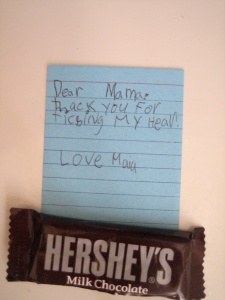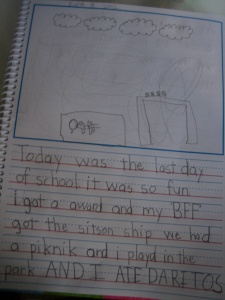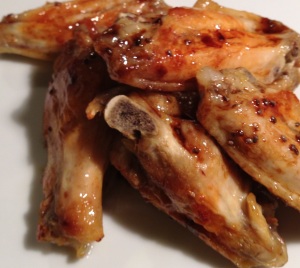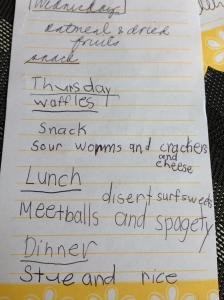Kaibigan is the Tagalog word for friend.
Magkaibigan tayo. (We are friends.)
The root word is ibig meaning like, or fond.
Ibig kong lumangoy. (I like to swim.)
One of my very good friends got married this weekend. Our little tight-knit group, now scattered all over the globe, has decided to celebrate this special occasion by gathering for a buddymoon (or honeymoon with friends).
Our friendship started back in college. For four years, we encouraged each other to have fun and be successful in school. We learned very early when to study and study hard (!) and when to kick back and party.
After graduation, we went our separate ways—some left the country, others pursued further education, one went to law school, and one pursued her passion for cooking.
Now a couple of decades later, during the very rare occasions that we are in the same time zone, we still recount and embellish stories from long ago —my favorite ones are about crashing a blind date, being clipped by a tricycle while crossing Katipunan, and getting a wall clock and electric fan from a paramour for Christmas!
We try to meet up in Manila whenever we can, but that is easier said than done. Between work and family, it is next to impossible to coordinate everyone’s schedule.
We regularly email each other to share milestones. Smartphone allows us now to chat in real time too. And thanks to WhatsApp, we even know what our inaanak (godchild) is having for lunch.
 Sunrise in Sydney (Photo by ILDM)
Sunrise in Sydney (Photo by ILDM)
I could not agree more with what we learned from St. Thomas Aquinas in one of our Philosophy classes: There is nothing in this world to be prized than true friendship.
Now if we can only agree on where to meet up for this buddymoon.
 My wedding entourage
My wedding entourage My daughter’s writing at 4
My daughter’s writing at 4 At 5, an advertisement my daughter wrote to teach reading
At 5, an advertisement my daughter wrote to teach reading At the end of Kindergarten (almost 6)
At the end of Kindergarten (almost 6)
 Adobo wings
Adobo wings Bacon quiche from a recipe book
Bacon quiche from a recipe book Menu for this week
Menu for this week I still get to sneak in a Starbucks run once in a while
I still get to sneak in a Starbucks run once in a while 
 And we thought we could yank it out!
And we thought we could yank it out!











 Trying to eat every last piece of meat that fell out of his taco
Trying to eat every last piece of meat that fell out of his taco


